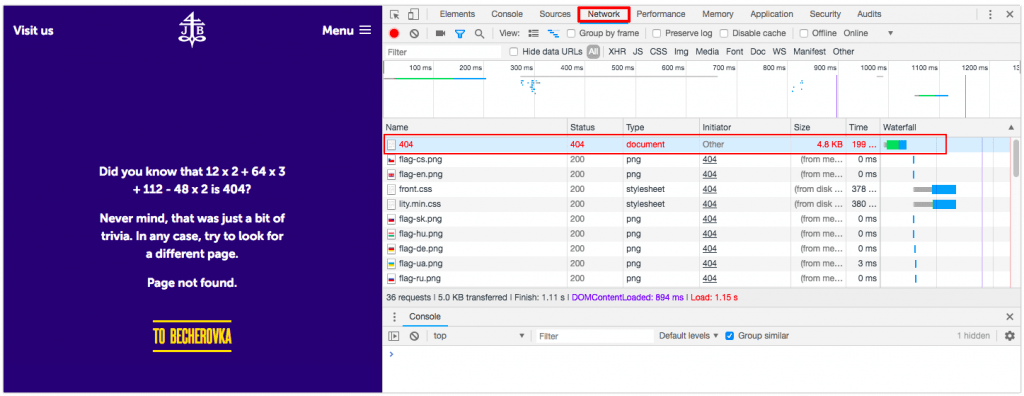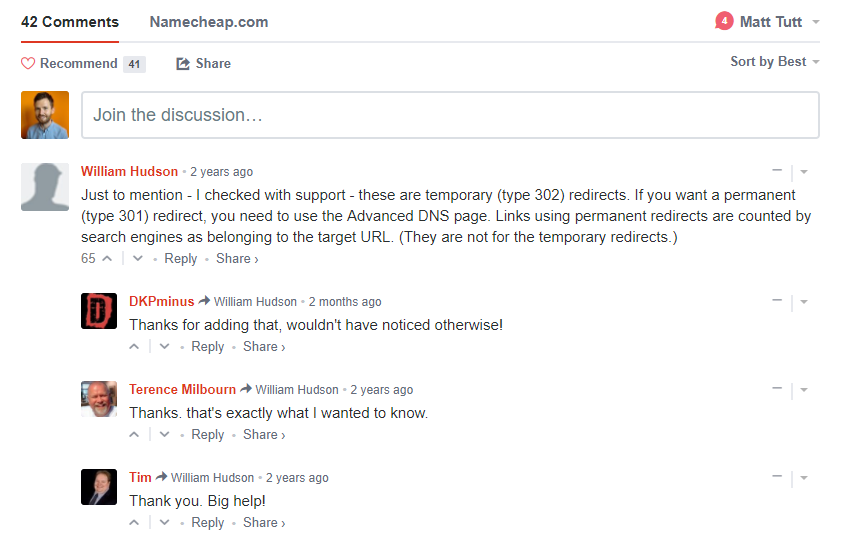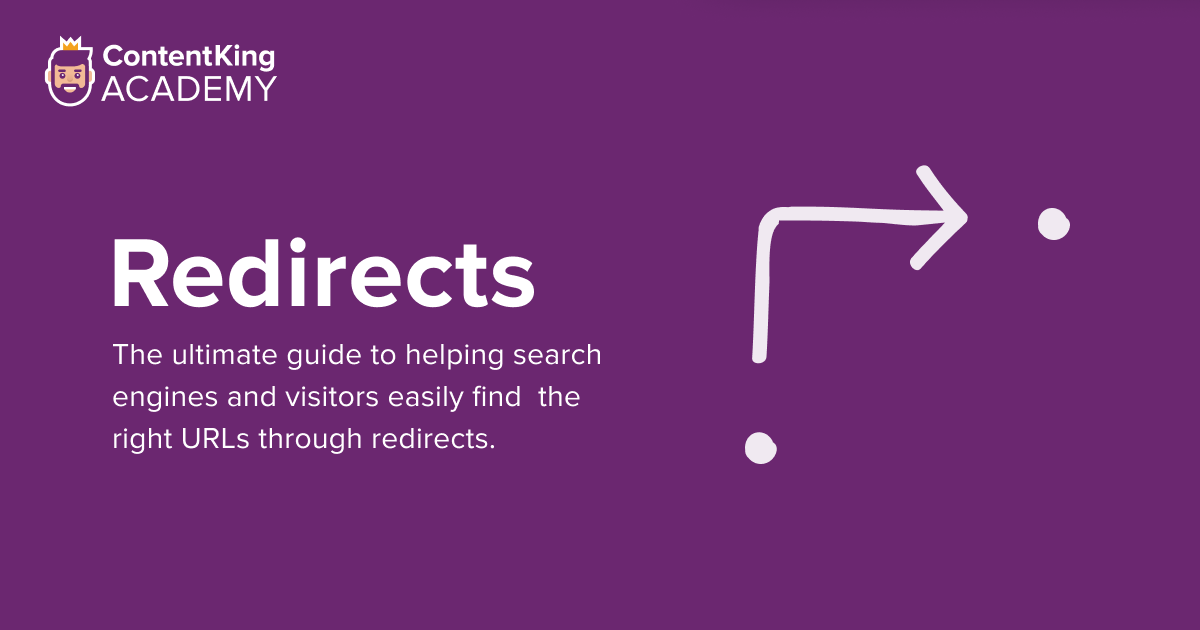

Let’s say you run an online store selling chairs and you’re having issues with one URL in particular: Basically, Google de-indexes pages that return a soft 404 error, which in turn can impact your SEO.

When a web page returns a soft 404 error, it won’t appear in Google search. For example, the user lands on a page and is automatically redirected to the home page. It’s also possible to get a soft 404 when a page doesn’t exist and when a user lands on it after clicking through in search results, they’re redirect to a page that isn’t relevant to the search context. When it’s crawling your site and comes across a page that the server says exists but the content suggests otherwise, it thinks, “well, this page doesn’t offer any value to users so it’s not worth indexing” and gives it a soft 404 label. So what’s really happening there? Well, these thin pages are super confusing for Googlebot. If you’ve created a tag but haven’t yet published any posts using the tag, you’ll have an empty page on your site-and potentially a soft 404 on your hands. For example, WordPress automatically generates a new URL when you create a new tag for your site. In some cases, it might be a page on your site that doesn’t have much, if any, content. “A soft 404 means that a URL on your site returns a page telling the user that the page does not exist and also a 200-level (success) code to the browser.”īasically, you’ve got a page on your site telling visitors that it no longer exists, but at the same time, it’s telling search engines that it does exist.

So in this post, I want to help clear up some of the confusion around why soft 404 errors happen, how they’re different from regular 404 errors, and how you can fix the SEO issues that cause them. They’re also a strange error because soft 404s are a hybrid of 404 and normal pages, and what exactly is causing this error for a particular page might not always be clear.

Soft 404s are fairly common errors that Google sometimes throws up for web pages, particularly for larger sites.


 0 kommentar(er)
0 kommentar(er)
